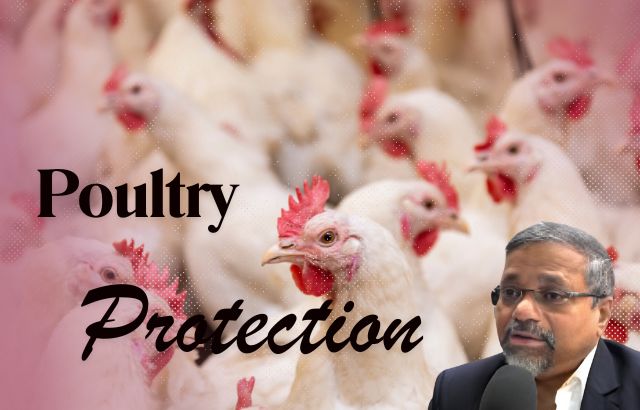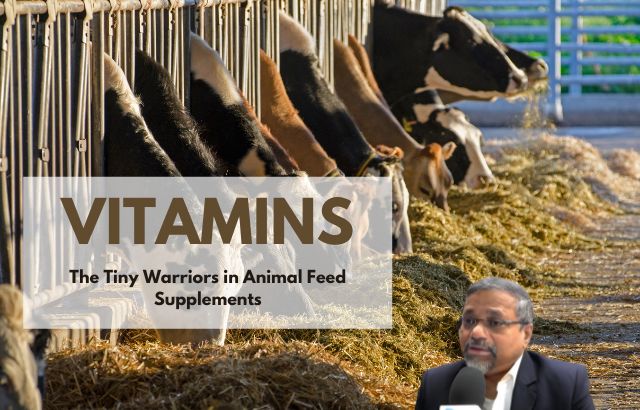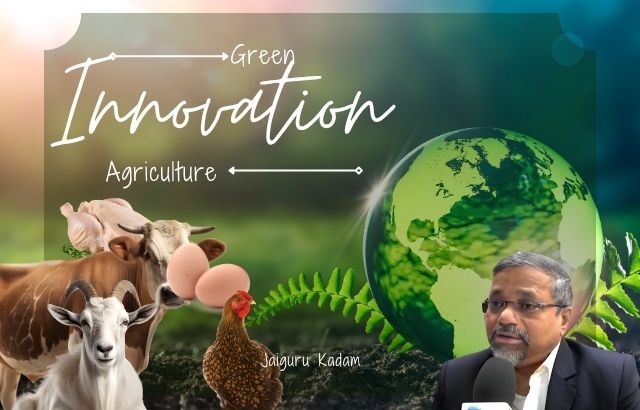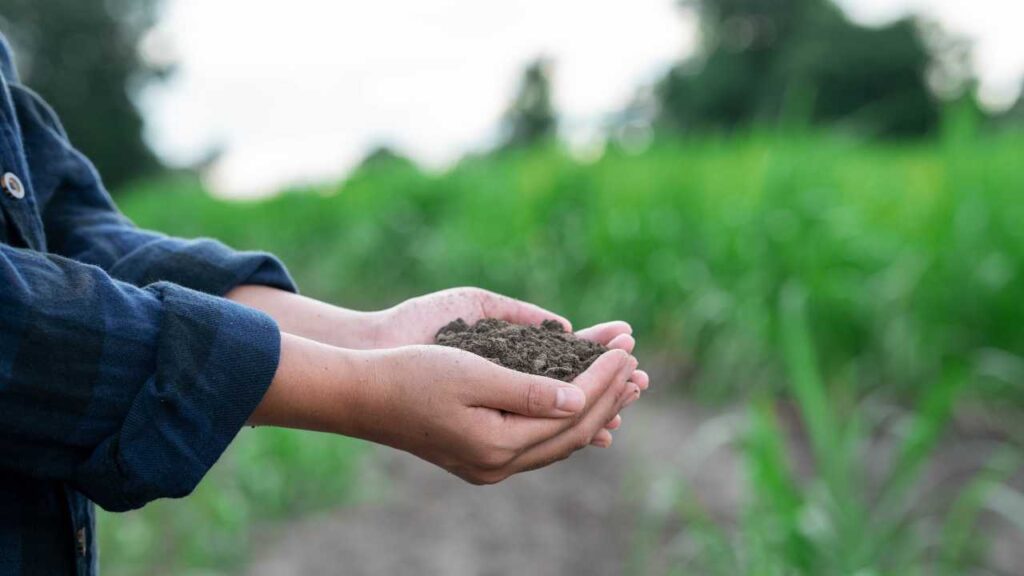1. Smart Surveillance Systems
One of the most crucial aspects of poultry protection is surveillance. The advent of AI-powered cameras and drones has made monitoring poultry farms more efficient than ever before. These systems can track movements, detect anomalies, and alert farmers to potential threats in real time.
Example: Drones can scan large areas of farmland, identifying predators or intruders, while AI cameras can analyze behaviors to spot early signs of disease.
2. Advanced Biosecurity Measures
Biosecurity is a critical component of poultry protection. New technologies, including automated sanitizing systems and biosecurity sensors, can help prevent the spread of diseases such as avian influenza or salmonella.
Example: Automated disinfectant spraying systems ensure that all equipment and workers are sanitized before entering the poultry areas, reducing the risk of contamination.
3. Climate Control Systems
Extreme weather conditions can be detrimental to poultry health. Modern climate control systems help regulate temperature, humidity, and air quality inside poultry houses. This ensures that birds are kept comfortable and healthy, even during harsh weather conditions.
Example: Automated HVAC systems use sensors to adjust air circulation, temperature, and humidity, ensuring a stable environment for the poultry.
4. Disease Prediction and Monitoring Tools
Predictive analytics powered by AI and machine learning are helping poultry farmers monitor health trends and predict potential disease outbreaks before they occur. These tools analyze large datasets to identify patterns that might indicate the onset of a disease.
Example: Wearable sensors on poultry can collect real-time health data, which is then analyzed to detect early signs of disease, such as a rise in body temperature.
5. Sustainable Feed Management Systems
Green innovations have also entered the realm of poultry feed management. Precision feed systems and smart feeders ensure that poultry receive the right amount of nutrients without overfeeding or waste, reducing costs and environmental impact.
Example: AI-driven feed dispensers can adjust portions according to the bird’s size, age, and activity levels, ensuring optimal growth and minimal waste.
The Role of Green Innovator Jaiguru Kadam
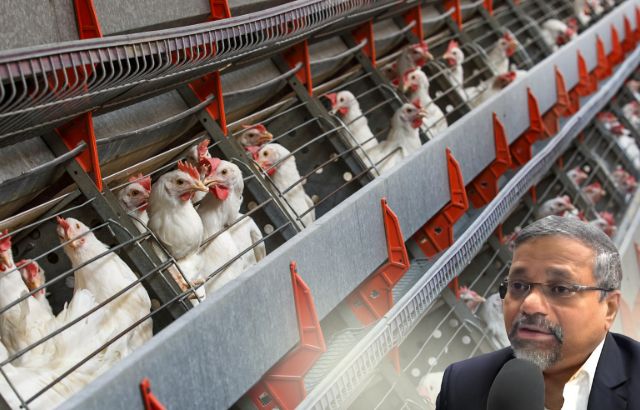
Jaiguru Kadam, a leading figure in the field of agricultural innovation, has played a pivotal role in introducing sustainable practices into poultry farming. His work on eco-friendly feed management systems and energy-efficient technologies has helped reduce the carbon footprint of poultry farms.
Example: Kadam’s systems utilize renewable energy sources like solar power to run poultry houses, cutting down on electricity consumption and promoting sustainability in poultry farming.
Frequently Asked Questions (FAQs)
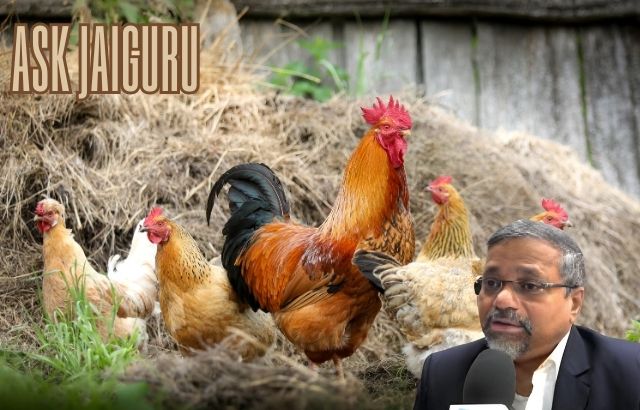
1. How can smart surveillance help prevent poultry theft?
Smart surveillance systems, including cameras and drones, can detect suspicious activity and alert farmers immediately, reducing the chances of theft and other crimes.
2. Are biosecurity measures effective in preventing all poultry diseases?
While biosecurity measures greatly reduce the risk of disease transmission, they cannot eliminate all risks. However, combining biosecurity with early detection technologies can significantly enhance disease prevention.
3. How does climate control improve poultry health?
Climate control systems regulate temperature, humidity, and airflow, which helps maintain an optimal environment for poultry growth, preventing heat stress and respiratory issues.
4. Can predictive tools detect disease outbreaks early enough to make a difference?
Yes, predictive tools can detect early signs of illness by analyzing health data trends, allowing farmers to take preventive measures before an outbreak becomes severe.
5. How do sustainable feed management systems reduce environmental impact?
Sustainable feed management systems optimize feed usage, reducing waste and minimizing the environmental impact of feed production. This contributes to both cost savings and lower resource consumption.
Intriguing Statistics
- 72% of poultry farms worldwide have started implementing some form of automated technology to improve biosecurity and protection (Source: Poultry Tech Today).
- 65% of farmers who adopted climate control systems reported a 20% increase in poultry health and productivity (Source: AgriTech Report 2024).
- Over 35,000 farms globally are using AI-driven surveillance for better predator detection and theft prevention (Source: Global Agricultural Survey 2024).
Intriguing Calculations by Jaiguru Kadam
Example: A poultry farm with 10,000 chickens consumes approximately 5,000 kWh of electricity annually for climate control and lighting. By implementing solar panels, this farm can reduce energy costs by 40%, saving around 2,000 kWh each year. This results in a carbon footprint reduction of approximately 1,000 kg of CO2 per year.

